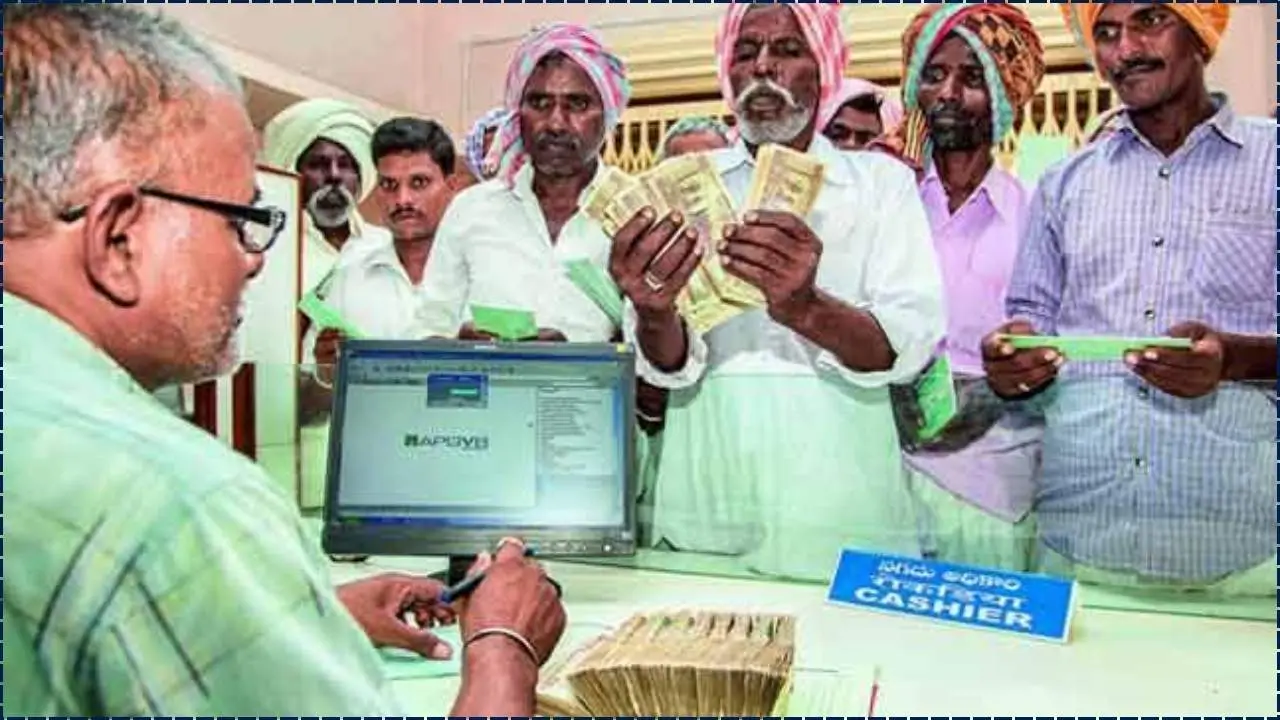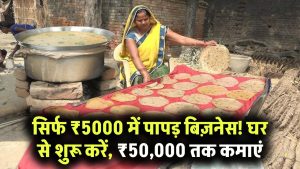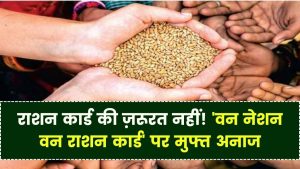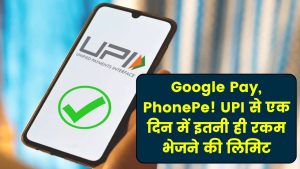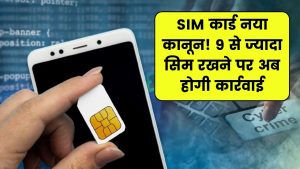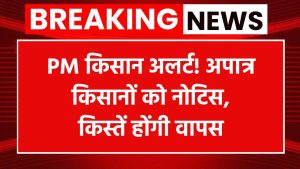India’s ambitious drive to digitise land records through initiatives like DILRMP, SVAMITVA, and ULPIN reflects a profound commitment to empowering millions of citizens by securing their right to property, fostering financial inclusion, and promoting transparency in governance.
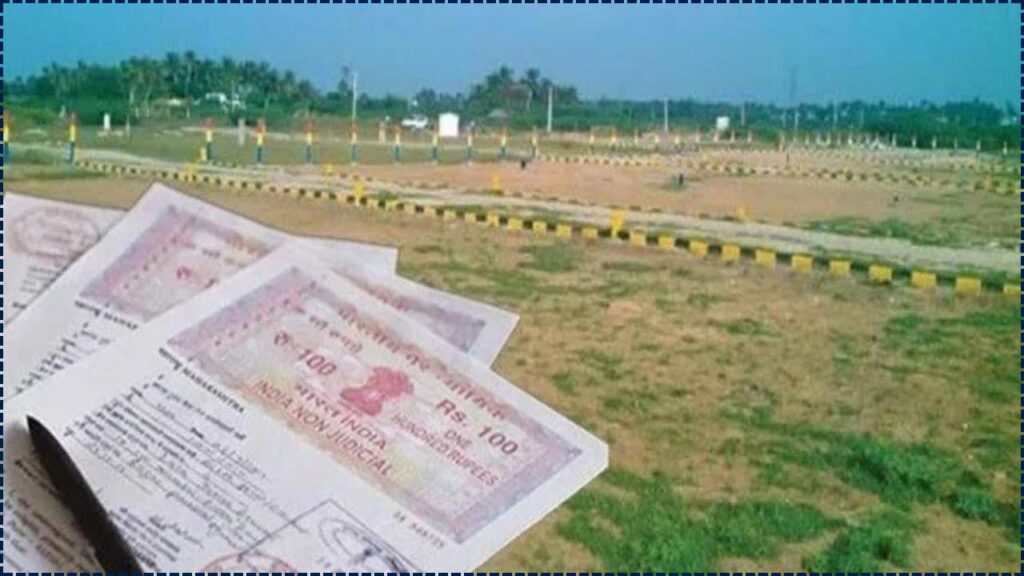
These landmark reforms aim to reduce disputes and provide clarity on ownership, offering hope and stability to families and communities, particularly in rural and underserved areas. While challenges in standardisation and infrastructure remain, addressing them with compassion and dedication ensures that every citizen can benefit from a fair and accessible system.
By uniting policymakers, technologists, and communities in this transformative effort, India paves the way for a future where digital ownership records uplift lives, strengthen trust, and create equitable opportunities for all.
India is undertaking a large-scale effort to digitise land ownership information through central programmes and state-level portals. This shift towards digital ownership records is designed to improve transparency, reduce disputes, and modernise governance. Citizens today can access records online under initiatives such as the Digital India Land Records Modernization Programme (DILRMP) and the SVAMITVA Scheme, marking a significant step in India’s e-governance transformation.
Table of Contents
National Framework for Land Records Digitisation
The DILRMP: Centralising Efforts
The Digital India Land Records Modernization Programme (DILRMP), managed by the Department of Land Resources, aims to digitise textual and spatial land records across the country. According to government data, over 94 per cent of records have already been digitised. The programme integrates cadastral maps, registration data, and mutation details, creating a unified database for ownership verification. Officials argue this is critical for financial inclusion and dispute resolution.
Policy Objectives
The digitisation drive seeks to:
- Minimise property-related frauds.
- Facilitate faster property transfers and credit access.
- Improve policymaking through accurate land-use data.
State-Level Innovations
SVAMITVA Scheme and Rural India
Launched in 2020, the SVAMITVA Scheme uses drone technology to map rural land parcels. By 2025, nearly 1.12 crore property cards had been issued. These cards provide villagers with formal ownership documentation, enhancing legal security and enabling access to loans.
ULPIN – The Aadhaar of Land
The Unique Land Parcel Identification Number (ULPIN) assigns a 14-digit identification number to each parcel of land. Officials describe it as an “Aadhaar for land”, linking records with geospatial coordinates. This measure improves accuracy, prevents duplication, and lays the groundwork for nationwide interoperability.
State-Specific Portals
States such as Karnataka (Bhoomi), Uttar Pradesh (Bhulekh), and Kerala (Ente Bhoomi) operate dedicated portals for public access. Citizens can search by survey number, Khasra, or Khata number, download Records of Rights (RoR), and check mutation history. Kerala has even introduced a digital resurvey with Thandaper IDs for universal integration.
Related Links
Local Government Bodies: A List of Municipal and Local Governance Websites Across India
Integrated Government Online Directory: A State-by-state List of Important State Government Websites
Benefits and Challenges
Benefits for Citizens
Digital records reduce the reliance on intermediaries, streamline property registration, and allow banks to verify ownership online. They also serve as vital evidence in court proceedings, making transactions smoother and legally secure.
Persistent Challenges
However, inconsistencies remain. Many states face issues of outdated cadastral maps, weak internet access in rural areas, and resistance from traditional revenue systems. Experts note that harmonising land records across states remains a formidable task.
How to Access Land Records Online
Steps for Citizens
- Visit the official state land records portal (e.g., Bhoomi, Bhulekh).
- Enter details such as survey number or Khata number.
- Verify the record of rights (RoR) and download copies.
- Use QR codes or digital signatures to validate authenticity.
This process, available in most states, allows “anytime, anywhere” access and reduces the need to visit revenue offices.


